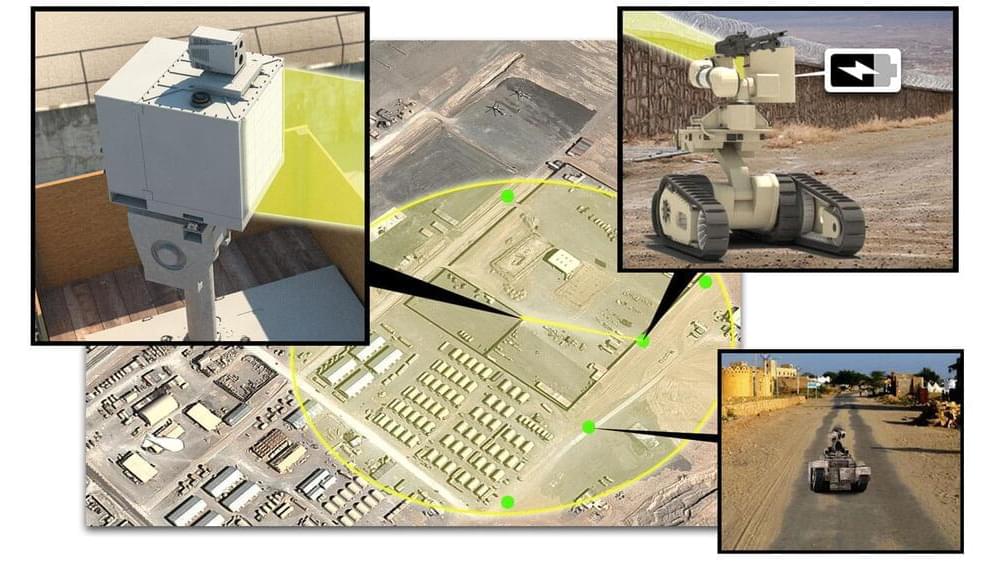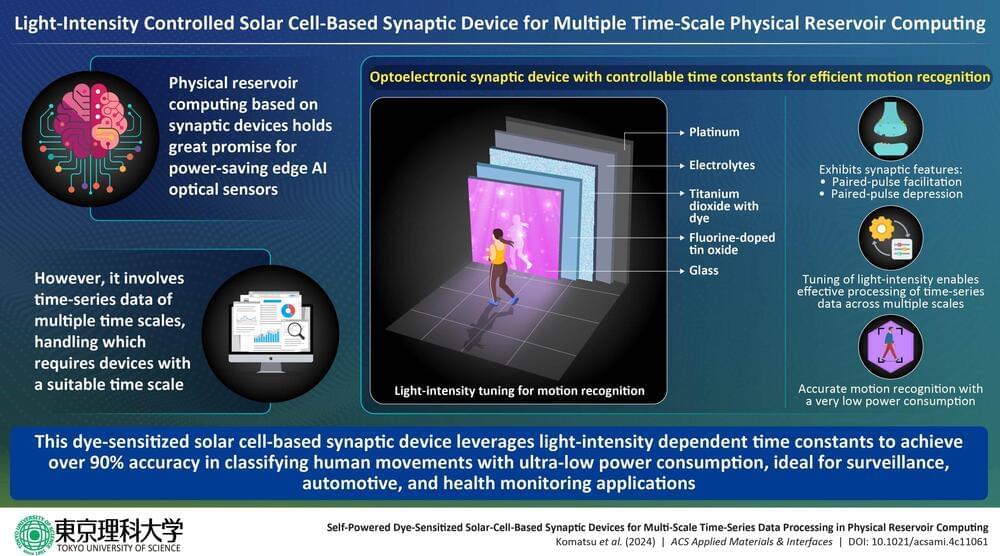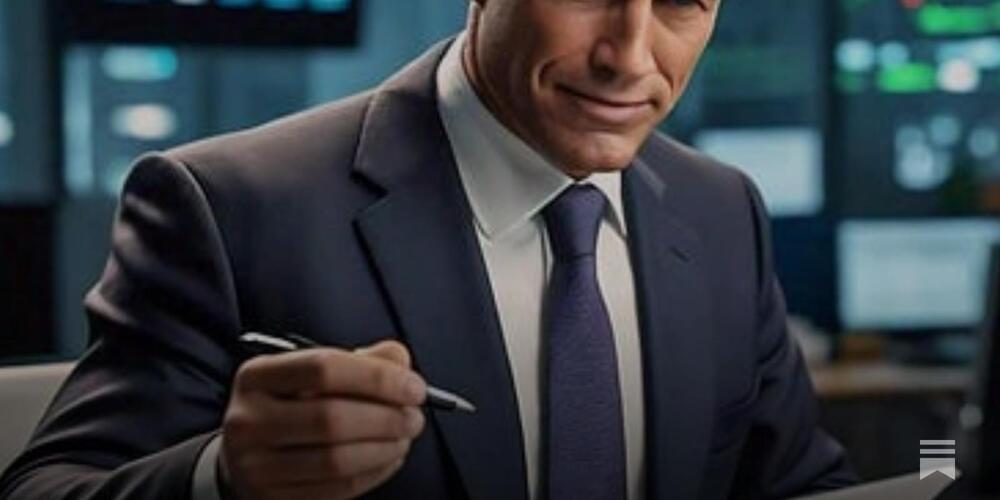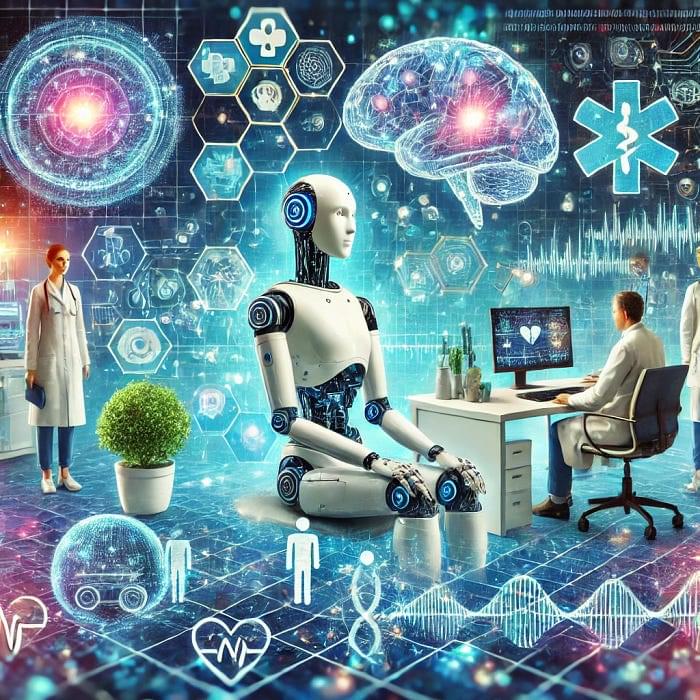Work is being conducted as part of a…
Technology will extend operational reach and counter autonomous systems
EL SEGUNDO, Calif., Nov. 14, 2024 /PRNewswire/ — Raytheon, an RTX (NYSE: RTX) business, has been awarded a contract from the U.S. Army to work on directed energy wireless power beaming capabilities that will distribute power across the battlefield, simplify logistics, and safeguard locations for U.S. troops.
Work is being conducted as part of a larger effort under the Department of Defense’s Operational Energy Strategy. Under the contract, Raytheon’s Advanced Technology team will develop advanced wireless power transmitter and receiver technologies to enable a long-range demonstration in line with the needs of U.S. Army manned and unmanned system requirements.







